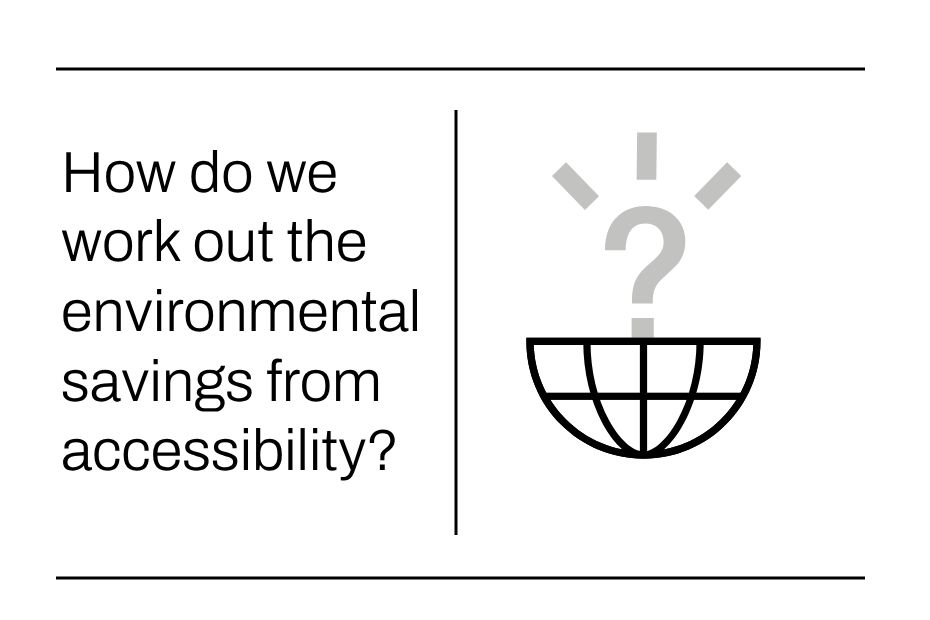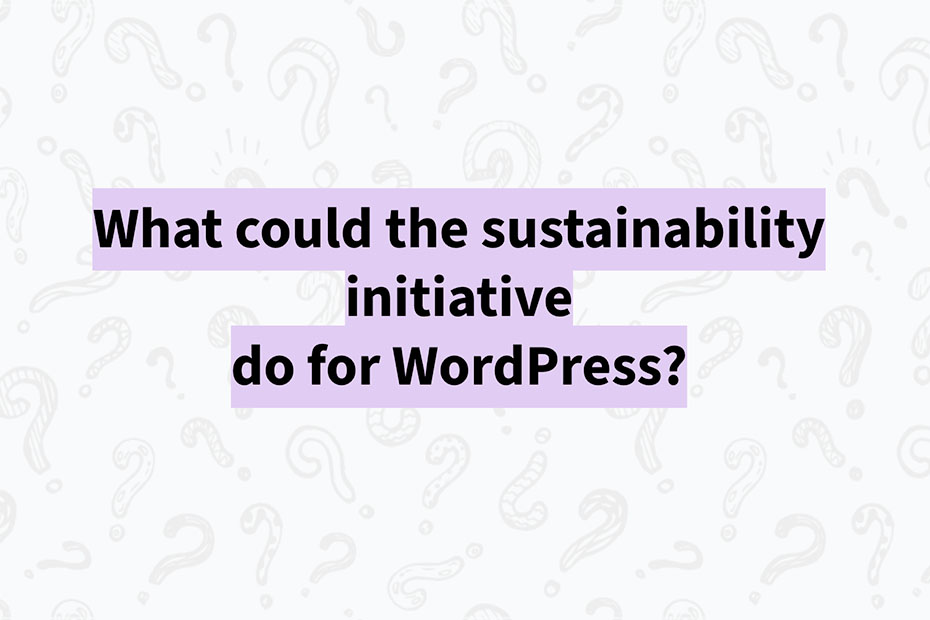The future of technology is low-carbon, and why companies should be paying attention.
Messages, tweets, and streaming videos—the electricity needed to keep these and the rest of our digital lives churning adds up to an estimated 830 million tons of CO2 annually. Put another way: if the internet were a country, it would be the sixth largest in energy consumption.
Last fall, in an effort to convince corporate America to lower carbon emissions, the White House announced the American Business Act on Climate Pledge. By signing the pledge, companies are demonstrating an ongoing commitment to climate action. The 154 pledges include longtime renewable energy investors—Apple, Facebook, Google—and relative newcomers, including Airbnb, Bloomberg, Disney, and Starbucks. Meanwhile, the European Commission has set out its vision for data centers to be powered by 80% renewable energy by 2020.
It’s a lot of talk, but evidence of follow-through is growing. Apple used Earth Day to remind us that renewable energy powers our iMessages and Google is putting its weight behind expanding renewable certification programs in Asia.
You’ve probably heard the rumblings. If you run (or help run) a company, here’s how it will affect you.
Every day is impact assessment day
Chances are, your company is affected by impact assessments, whether you know it or not.
Impact assessments exist for many reasons. Sometimes an assessment is required by law—as is true for federal agencies subject to the The National Environmental Policy Act (NEPA), for example. Other times, an assessment is intrinsically motivated. It could be the outcome of a mission statement, or part of an opt-in certification.
The last category is the one that Etsy, Kickstarter, Patagonia, Seventh Generation, and Warby Parker all have in common. Each of these companies are subject to an impact assessment as part of their B Corp certification, a designation that aims to be to businesses “what Fair Trade certification is to coffee,” according to the B Corp website.
Even if your company isn’t subject to an impact assessment, you may be part of another company’s assessment.
Image Relay is in the digital asset management business—in other words, the company will host your files, photos, and videos for a fee. Image Relay hosts files for Citrix, Michigan State University, and PayPal. Image Relay is also a B Corp.
“Our carbon footprint does factor into our B Corp score, “ says Skye Chalmers, founder of Image Relay. “Our energy provider, Green Mountain Power, helped in this direction. They recently became a B Corp and are taking a progressive approach to renewables and energy efficiency.”
The key for impact assessments is reflecting how much carbon is released—or not—according to your company’s technology use.
If you don’t think this applies to your company, remember: technology always comes with a carbon footprint. It comes from the daily operations of email and file hosting, to running a website or app, to high-performance computing, including the transactions processed by data centers on behalf of financial institutions.
Next level cost-cutting
Data centers use a metric called Power Usage Effectiveness (PUE) to measure efficiency. The magic number is 1.
Facebook and Google are pushing the efficiency limits of their custom-built, single-tenant data centers, scoring PUEs as low as 1.05. Meanwhile, the rest of us tend to rent space in multi-tenant centers, where reaching maximum efficiency isn’t always possible.
Jim Smith, Chief Technology Officer of Digital Realty Trust, the world’s largest operator of data centers, spoke about the predicament back in 2012. “I’m approaching my limits,” says Smith. “We find ourselves at a point of diminishing returns.”
What’s next when efficiency can only cut costs so far? Switching to an energy source that requires less electricity to run. It’s a move that can bring cost-cutting to the next level, bypassing hardware and software efficiency limits.
It’s also a proactive move, explains Jack Pouchet, VP of Market Development at Emerson Network Power and board member at The Green Grid.
“Electricity is one of the single biggest operating expenses you have,” says Jack. “If you use renewable energy, you can be sure you’re not going to have a carbon tax. Whether that means a carbon tax from the country or the boardroom carbon tax—an organization coming after you for your business practices—if you can avoid that, you have an advantage.”
The transparency advantage
Every year, Greenpeace spends months researching and writing a report called Click Clean. The report meticulously scores companies on transparency, commitment, and championship, and breaks down energy use by renewable, coal, gas, and nuclear sources.
Click Clean takes a lot of the mystery out of the internet as we know it. Turns out, the technical infrastructure running our daily lives and business operations are owned by a few.
Greenpeace makes this information accessible, digestible, and relevant. As transparency becomes status quo, not disclosing energy sources or communicating a sustainability policy will become a disadvantage.
“I think the trend is towards more visibility on IT infrastructure and data,” says Aaron Binkley, Director of Sustainability at Digital Realty and board member at The Green Grid. “As a result, people are going to start seeing that there are facilities that ‘house’ the internet and they’re using incredible amounts of energy to do that on behalf of the customer. That’s an awareness that not everyone has, but it’s growing.”
The bottom line is that your company doesn’t have to be in the technology business to be affected by the low-carbon internet. On some level, we’re all “in technology”. Knowing the carbon footprint of your supply chain—or where you fit into someone else’s—is a start.
Jenn Schlick is the Web Manager at the MIT Energy Initiative. Jenn’s work focuses on the benefits of using renewable energy in digital products and services. She spoke about Low-Carbon Web Design at WordCamp Finland 2016. Follow Jenn on Twitter: @jennschlick



